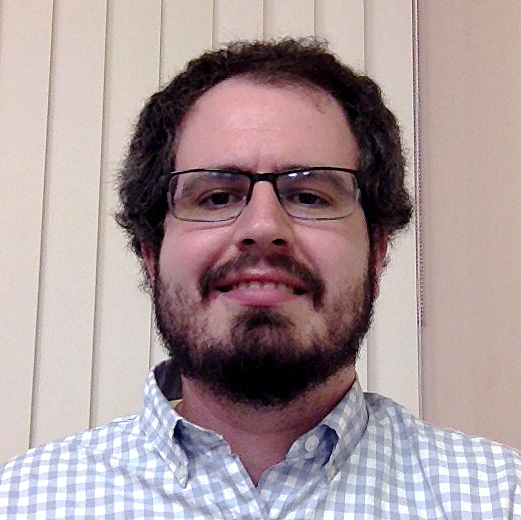 In the tricky world of addiction medicine and treatment, there’s one area that gives even the most seasoned professional a headache. I’m talking about adolescent drug and alcohol abuse treatment.
In the tricky world of addiction medicine and treatment, there’s one area that gives even the most seasoned professional a headache. I’m talking about adolescent drug and alcohol abuse treatment.
I’ve had quite a bit of experience in this particular field. However, it wasn’t as a counselor, group facilitator or in any professional role. My experience in teenage treatment was gained sitting as a patient.
I’ve had significant experience on the patient end of addiction treatment. For four long years, from ages 13 to 17, I was in more adolescent intensive outpatient programs than I can count.
These programs differed widely in their setting and approaches. They all shared one common thread though. None were abstinence-based. Not one of the programs, not one therapist or clinician, suggested that I stop drinking and drugging.
Kind of hard to believe, right? At the time, I thought I’d repeatedly struck the lottery, if you can call ending up in an intensive outpatient program (IOP) striking the lottery. Looking back on my time spent in these facilities, however, I’m amazed no one forced a completely drug-free life on me.
And perhaps that’s the crux of the issue. It’s hard to keep teenagers sober. It’s even harder to keep teenagers with blooming addiction issues sober. Still, there’s something to be said for abstinence-based treatment programs.
Join me as I explore the pros and cons of allowing adolescents to drink and drug in an intensive outpatient program.
The idea behind abstinence-based drug and alcohol treatment, and the major benefit it offers, are one and the same — a period of introspection free of mind-altering substances.
There’s a reason that most inpatient, partial hospitalization and intensive outpatient programs enforce a strict no drinking or drugging policy. There’s only so much that can be accomplished when a patient was recently drunk or high.
While I’m not a doctor or therapist, the implication of seeking treatment while using is obvious enough. Patients’ brains are clouded. Their judgment and thinking aren’t clear. If you subscribe to the 12-step idea of addiction, the mental obsession and physical allergy are still active.
For the clinicians reading this, think of your personal experience working with someone in active addiction. It’s hard to convince them their behavior needs to change when they’re thinking about going home and having a few beers. I know it was hard to convince me of that anyway.
There are some practical issues to consider as well. When a patient is drinking or using drugs, they’re liable to forget assignments or shrug off the often uncomfortable work of introspection. They’re also at risk for criminal offenses. Again, speaking from personal experience, I know I was.
All of the above is a long way of telling a short story: Most addiction treatment programs require abstinence. That’s not always the case, though.
None of the intensive outpatient programs I attended required abstinence. I was a teenager. Let’s follow this reasoning to its logical conclusion: Some adolescent addiction treatment programs aren’t abstinence-based.
While it feels strange to type those words, and probably strange to read them, this idea does make some sense. A non-abstinence-based adolescent program meets teens where they’re at. More often than not, where they’re at is inebriated.
Thinking back to my experiences in these programs, I certainly gained some valuable skills and information from them. There’s a case to be made for allowing someone to drink or use while in treatment.
First and foremost, I attended these treatment centers. I didn’t run away. That alone is pretty amazing. At a time in my life when I avoided everything, I didn’t avoid individual and group therapy. I imagine it’s like this for many teenagers whose parents send them to an IOP.
Second, my counselors were able to point to recent and relevant instances where drugs and booze had a negative effect on my mental and physical health. This wasn’t enough to make me sober up, but it made things easier when, in the future, I was presented with the idea that my life was unmanageable.
Third, therapy under the influence is still therapy. I still received emotional and mental closure to painful situations in my life. I still gained knowledge and insight into how I functioned. Did I glean as much information as I could have had I been sober? Absolutely not. There’s something to be said for half-measures though.
Ultimately, I’m not sure which approach is better. They both have pros and they both have cons. One thing is for sure, though — there’s no wrong way to do addiction treatment. As long as help is being offered, well, then we’re all on the right path.
David Greenspan is a writer and media specialist at Lighthouse Recovery Institute (http://lighthouserecoveryinstitute.com). He’s been sober since 2008 and finds no greater joy than helping the still-struggling addict or alcoholic.
































